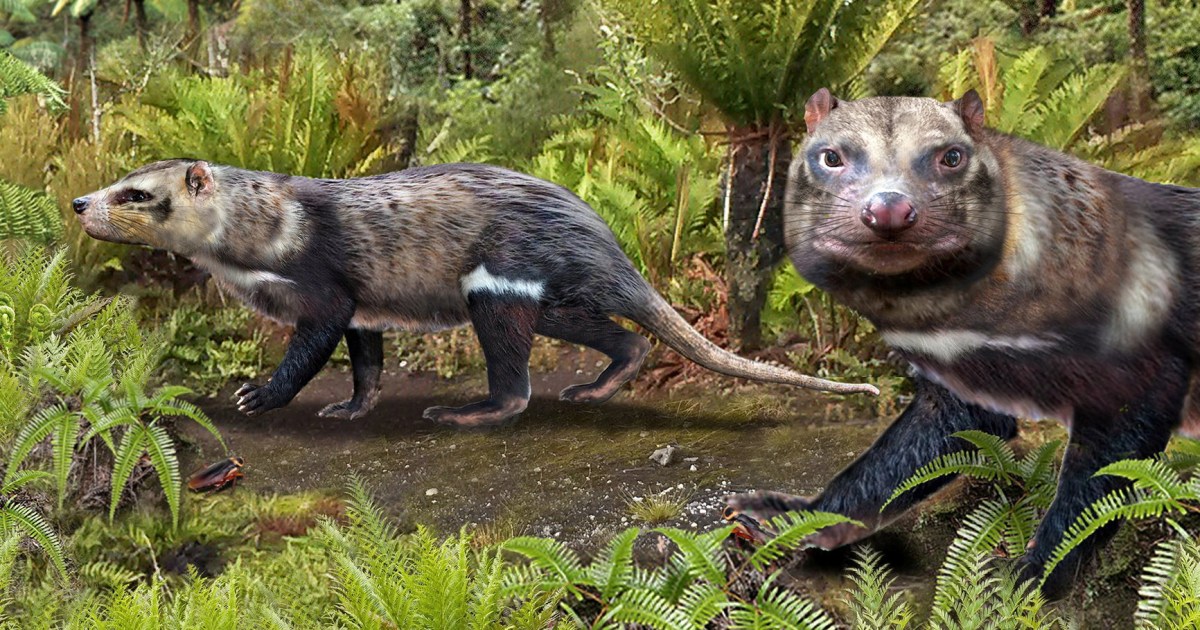A fossil of a skunk-like mammal that lived in the age of dinosaurs has been discovered in Chilean Patagonia, which provides further evidence that recent evidence that mammals roamed much of South America much earlier than previously thought.
A portion of the petrified jaw with five teeth at the core was discovered near the famous Torres del Paine National Park.
Named Orretherium tzen, meaning ‘Beast of Five Teeth’ in a fusion of Greek and a local indigenous language. The animal is thought to have lived between 72 and 74 million years ago during the Upper Cretaceous, at the end of the Mesozoic era. and been a herbivore.
Prior to his discovery and the teeth of the Magallanodon baikashkeke, a rodent-like creature, in the same area last year, only mammals living between 38 and 46 million years ago were found in the southernmost tip of the Americas, the team that discovered it said .
The findings are critical to the completion of the evolutionary puzzle of the Gondwanatheria, a group of long-extinct early mammals that co-exist with dinosaurs, said Sergio Soto, a paleontologist at the University of Chile.
“These and other discoveries that we are going to announce in the future show that there is an enormous potential in paleontology in the southern tip of Chile,” Soto said.
“We find things we would not expect, and that will help us answer many questions about dinosaurs, mammals and other groups.”
The discovery was published in the journal Scientific Reports by experts from the University of Chile working with researchers from Argentina’s Natural History and La Plata Museums and the Chilean Antarctic Institute.
Scientists believe that Orretherium tzen coexisted with Magallanodon baikash donkeys, which were thought to be an evolutionary step between a platypus or marsupial, and dinosaurs such as the long-necked titanosaurus.
